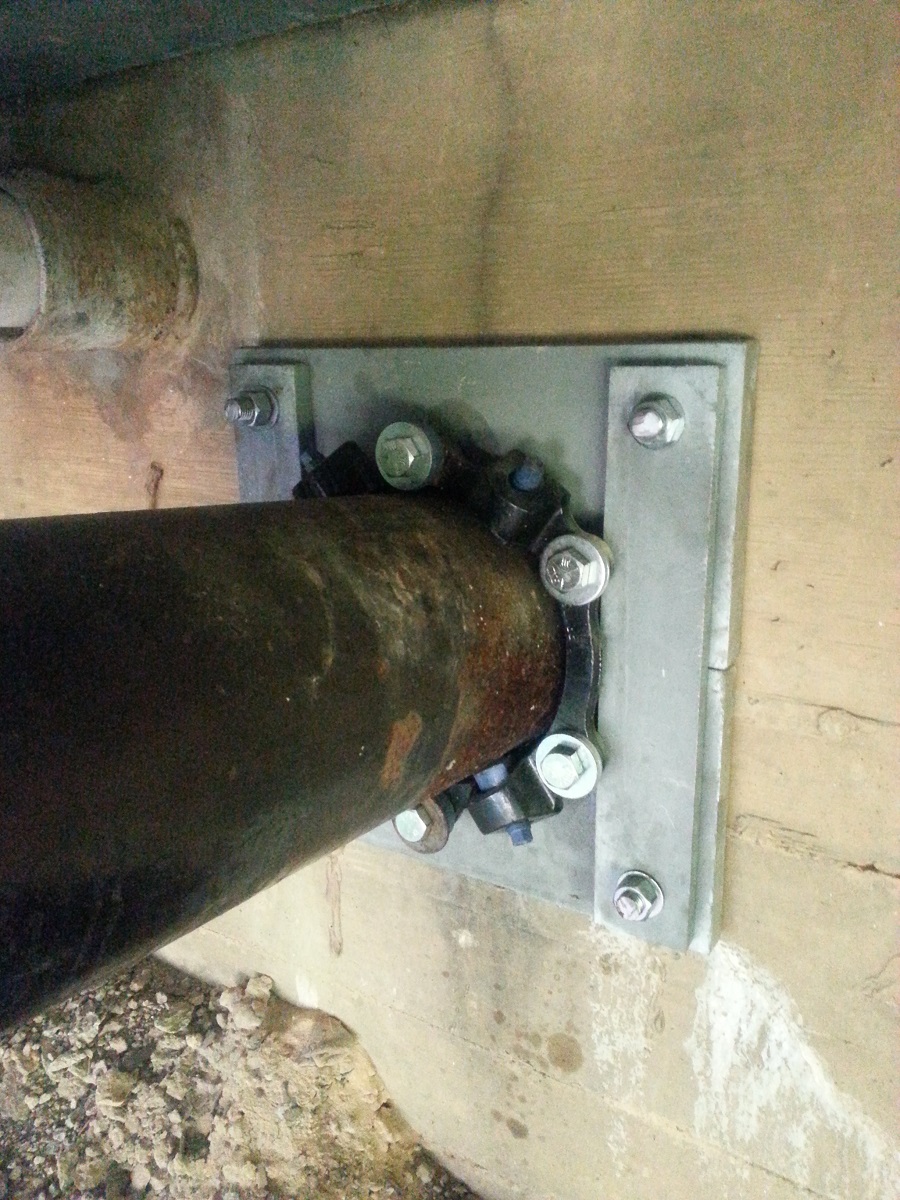Cumminsguy71,
From what you've described, you might not be too far off with the "manganese" alloy. If so, YEP it has probably been work hardened into a Brinell Hardness of somewhere's around rhenium diboride at 4600 HB...
One of my instructors in the early 70s had retired from a steel mill in Pa. before taking up teaching the welding trade. Since trains service these steel mills in both raw materials and finished products, they cut a deal with his employer by selling them unimaginable tonages of worn out rail track at a very reasonable price... perhaps even for free. After all, they are the railroad and the government has treated them well over the decades with free land, financial incentives etc. According to his story, all this track material was turned into rebar since at the time, it had very loose specifications on chemical makeup. Recycling was all but nonexistent in those days and it was too expensive to melt and sort out the various alloying ingredients, hence millions of tons of track was as he called it "Rerun into rebar".
Here's some common rail materials with compositions and mechanical data.
http://www.arcelormittal.com/rails+specialsections/en/chemical-composition.htmlhttp://www.arcelormittal.com/rails+specialsections/en/mechanical-properties.htmlNow back to your issue... You're screwed if it is indeed the recycled track. The only thing I can think of is if they will not allow a thermal cutting process, then maybe perhaps you might get away with convincing them to let you anneal it with a torch. Of course doing so there is always the "chance" that you might
accidentally hit the the oxygen lever...


... in which you could then clean up the mess with a die grinder and some really aggressive carbide burrs. I didn't say that did I???? Seriously, it sounds as if annealing might be the best option before mechanically cutting it.
The problem with running an acetylene torch in confined spaces like that are A) oxygen starvation snuffing out the flame, B) blow back heat ruining all your tips, C) causing a chance for backfire blowing up the torch, and D) the venturi effect sucks particles of, well everything into the orifices of the cutting tip. They don't last long under these conditions.
Don't know if you've ever used MSC, but they have just about everything metal working related. This is the baddest one in their inventory that will get down deep. 1/2" shank and 5" long. OOOOooooohhhhh baby!
http://www.mscdirect.com/browse/Abrasives/Points-Burrs/Burrs-Burr-Stands/Burrs?navid=12100073+4288246844+4288210979+4288223475&searchterm=carbideThis page will allow you to refine your search by style, shank length, tooth, etc.
http://www.mscdirect.com/browse/Abrasives/Points-Burrs/Burrs-Burr-Stands/Burrs?navid=12100073+4288246844+4288210979&searchterm=carbideWhen I was setting imbed hangers in the Nuke Plant, whenever we hit rebar, we just called in the Engineers and they would relocate/redesign the hanger based on the assumption of the grid layout of the rebar. Of course once the change order was submitted, it would only take maybe 1 to 3 months and, Voila! We'd have a new drawing!...
I'll sleep on it and maybe have an epiphany later on.
Sorry I didn't have any magic cure for ya.
Good luck.



 ... in which you could then clean up the mess with a die grinder and some really aggressive carbide burrs. I didn't say that did I???? Seriously, it sounds as if annealing might be the best option before mechanically cutting it.
... in which you could then clean up the mess with a die grinder and some really aggressive carbide burrs. I didn't say that did I???? Seriously, it sounds as if annealing might be the best option before mechanically cutting it.